Vitex agnus-castus benefits that make it ideal for women!
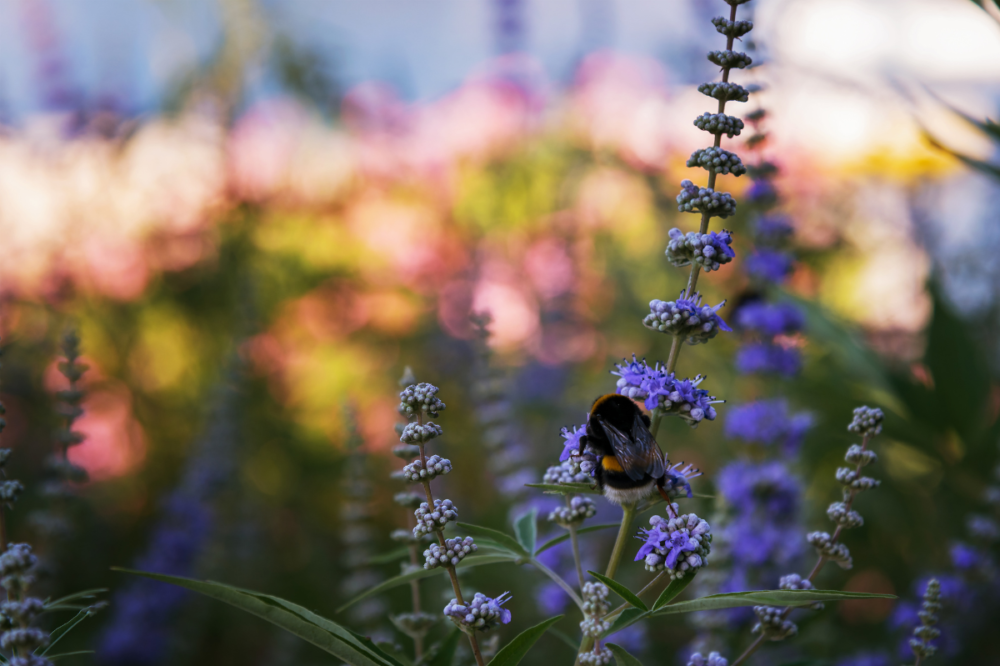
Table of Contents
What is Vitex agnus-castus?
Vitex agnus-castus L. is a deciduous shrub that thrives mainly in the Mediterranean and Asia, and can reach a height of 5-6 meters. [1] It is also referred to as chaste tree or chasteberry.
According to modern plant classification Vitex belongs to the Lamiaceae family, while until recently it was mentioned as a member of the Verbenaceae family. It has rich foliage and purple, violet or white flowers. Also, its fruit is considered to be the healthiest part of the plant, and is about the size of a peppercorn. [1]
There are references stating that agnus castus has been used since ancient times (e.g. in ancient Greece). Women preferred it to support their health and especially to enhance fertility and milk production, while it was also used to relieve pain and gastrointestinal problems. [2][3]
In addition, monks often cultivated this particular herb and consumed it, as it was believed to have anti-aphrodisiac properties for men, hence its name. For this reason, it is also known as Monk’s pepper or Mönchspfeffer. [2]
Vitex agnus-castus benefits
Vitex contains a number of bioactive compounds (e.g. flavonoids and iridoids), to which it owes the various properties that make it one of the most widely used medicinal herbs worldwide. [1][2][4]
Its best-known actions concern the improvement of women’s quality of life (QOL), especially those who are in menopause or have problems with menstruation, such as: [1][2]
- Premenstrual syndrome
- Polycystic ovaries (PCOS)
- Oligomenorrhea
- Dysmenorrhea
In addition, several studies have shown that it significantly improves a woman’s sex life, when taken for 4 months (erotic stimulation, vaginal lubrication, overall satisfaction). [3]
Controversy exists as to whether it helps control menstrual bleeding, with the latest data suggesting that it does not play an essential role [6].
Vitex agnus-castus seems to be useful for some men as well, as it enhances the flow of urine and helps in cases of benign prostatic hyperplasia.
This herb also help both men and women in the following cases: [1][2][4]
- Acne
- Anxiety
- Nervousness
- Depression
- Migraines
- Headaches
- Colds
- Stomach disorders
- Diarrhea
- Joint pain
- Fractures
- Dementia
In addition, chasteberry can – depending on its form – also be used as: [1][2][4][5]
- Insect repellent
- Analgesic
- Anti-inflammatory
- Antibacterial
- Antioxidant
- Anti-epileptic
- Immune system supporter
Taking Vitex agnus castus affects the levels of some hormones (e.g. reduces prolactin) and has been shown to normalize the menstrual cycle and relieve many unpleasant symptoms, both in women of reproductive age and during perimenopause. [1][2]
-
Premenstrual syndrome (PMS)
In premenstrual syndrome, Agnus castus has been shown to provide significant relief from swelling, constipation, cramps, migraines, breast tenderness and pain (mastalgia), as well as mood swings. [1][2][7]
-
Menopause
The herb seems to be equally important during menopause, especially in terms of improving sleep quality, emotional state, and sexual health. [1][3][7]
-
Pregnancy
The chaste tree has been widely studied for its relationship with fertility, pregnancy and breastfeeding, which is why in the past many women consumed it to get pregnant and also to boost milk production during breastfeeding. [1][2][7]
In addition, it has been shown to enhance fertility in both sexes (although in men it decreases libido, as we mentioned) and to help prevent miscarriage in pregnant women- but only when they had low progesterone levels.
Nevertheless, today it is recommended to avoid taking the herb during pregnancy and lactation, in order to ensure the absolute safety of both mother and baby, since there were cases with opposite effects.
-
Antimicrobial activity
It is worth noting that this herb also has antimicrobial properties. In fact, it has been found that its alcoholic – more than its aqueous – extract can be effective against vaginal fungal infections caused by Candida albicans. [1][5]
In addition, according to a recent study the extract of its seeds has a significant antibacterial effect, regarding the bacteria Escherichia coli, Staphylococcus aureus and Salmonella Typhimurium. [4]
In what form can we find it?
Vitex agnus-castus is available in various forms on the market. It is usually found as a tincture or in capsule/tablet form in dietary supplements containing its extract. [1][2]
Agnus castus is also widely used in homeopathy, while its essential oil is also available for purchase and finds many applications in everyday life (topical use). [1]
Of course, chasteberry can also be consumed as a tea (infusion) or as a decoction. In the infusion, the (ground) fruits of the plant are added to boiled water, while in the decoction the various parts of the herb (fruits, leaves, rhizome and/or flowers) are simmered for longer, resulting in a more concentrated drink.
Vitex agnus-castus dosage
No recommended dosage has been set for its use, and available studies vary considerably regarding the amounts of the herb’s extract used.
Most scientists report that a dose between 20-40 mg per day is safe and may provide health benefits, especially if taken over a period of 3-4 months.[8]
In addition, it is also of great importance whether the herb is taken alone or as part of some herbal formula. In this case, smaller amounts of the plant are usually used.
Finally, due to insufficient data regarding the long-term intake of Vitex agnus-castus, it is not recommended that it be taken continuously for more than 4 months. However, it is worth noting that its benefits usually appear after the first month of use.
Vitex agnus castus side effects
Vitex agnus-castus L. is considered a safe herb for adults and in some cases in adolescence, as long as it is not consumed in excessive amounts. It rarely leads to side effects, which are completely reversible and not alarming. [3][9]
Although rare, the following may occur: [9]
- Nausea
- Headache
- Itching
- Skin irritation
- Menstrual cycle changes
- Acne
- Weight gain
It is also worth noting that the oral intake of the herb is contraindicated in some cases, mainly due to the significant effect it has on our hormonal system.
In particular, it is not recommended to use it during pregnancy and breastfeeding, and should be used with caution by women who wish to conceive, as it can affect the course of the pregnancy and the condition of the infant. [7]
Taking Vitex agnus-castus is also contraindicated for people with hormone-dependent diseases, as well as for those taking medications that affect the levels of certain hormones.
Typical examples are the following:
- Contraceptives
- Antipsychotics
- Treatment for Parkinson’s disease
In conclusion, Vitex agnus-castus is an herb that can improve the daily life of many women, both of reproductive age and post-menopause, in various ways. It is no coincidence that it was preferred since ancient times for its multiple health benefits!
Find at Vita4you.gr a great variety in Vitex agnus-castus supplements!
References:
Disclaimer
The content of this blogspot is not and can not be considered as medical advice, diagnosis or treatment. All information is provided to readers solely for informational purposes. There is no intention to substitute this content for personalized medical advice, diagnosis, prognosis or treatment.

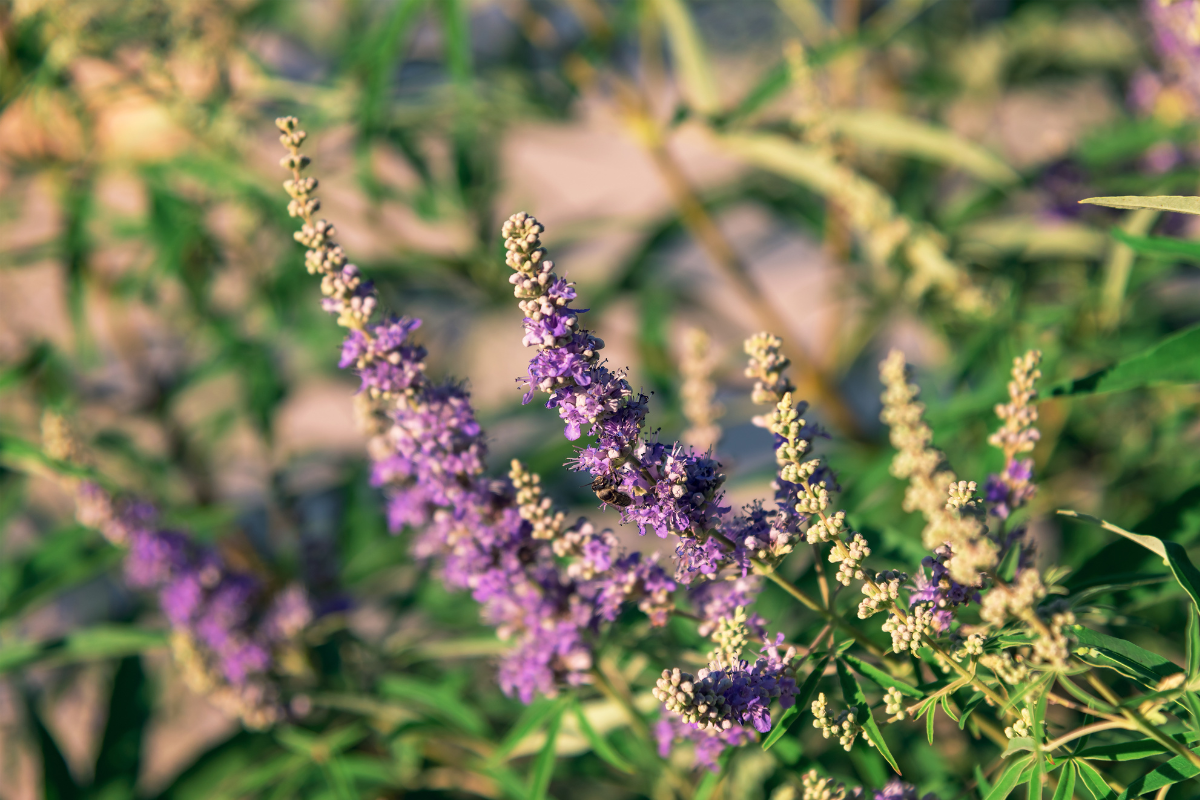
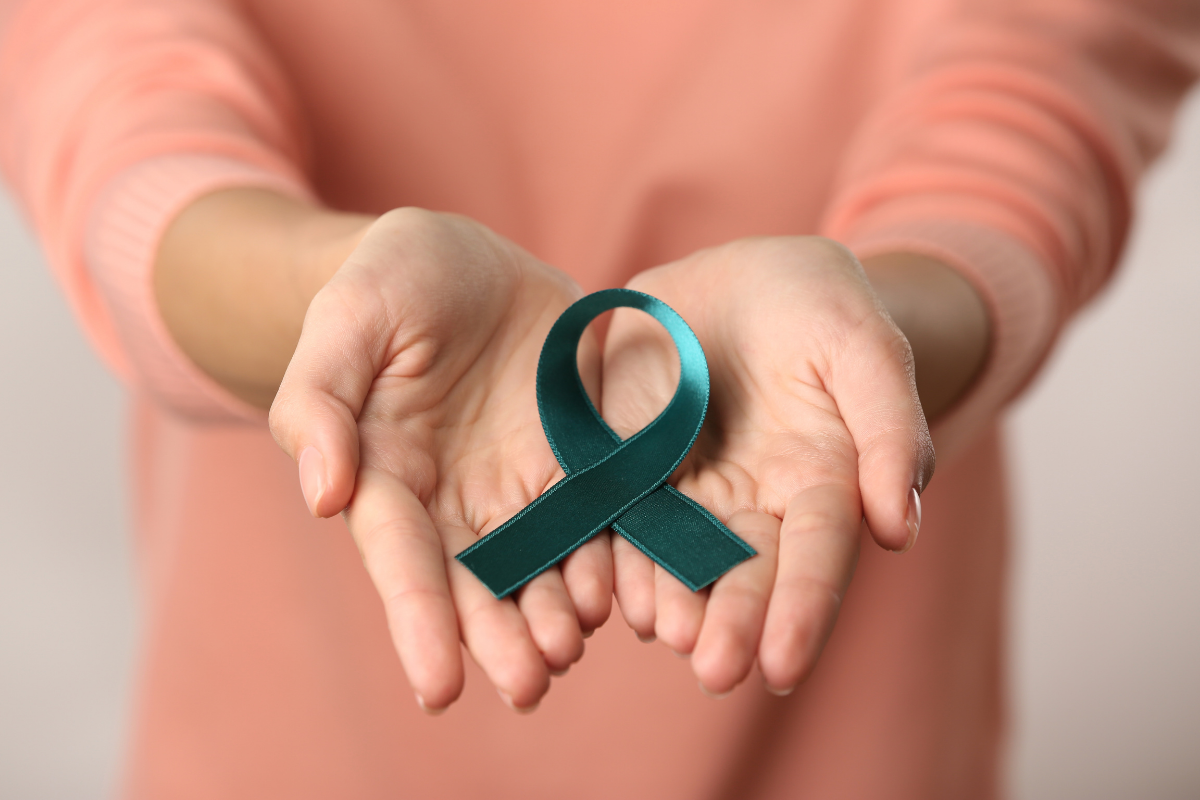
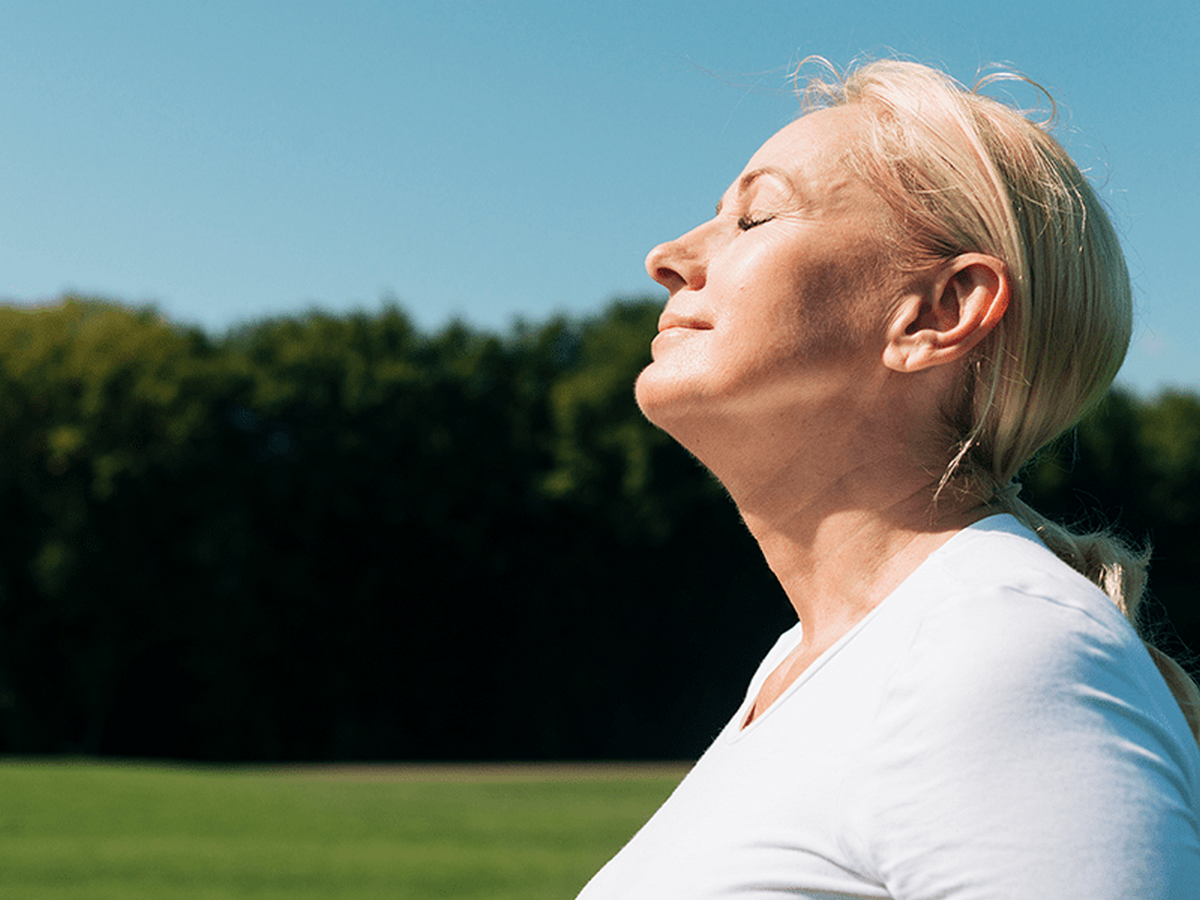
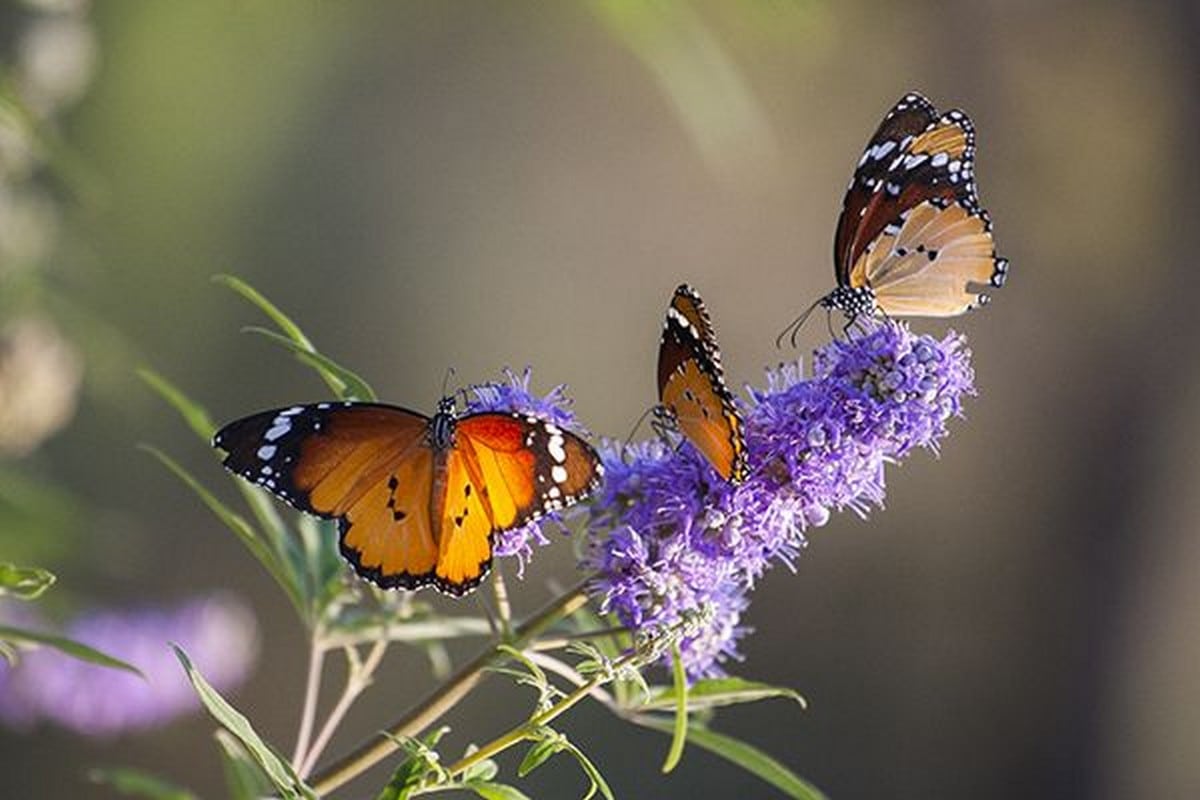
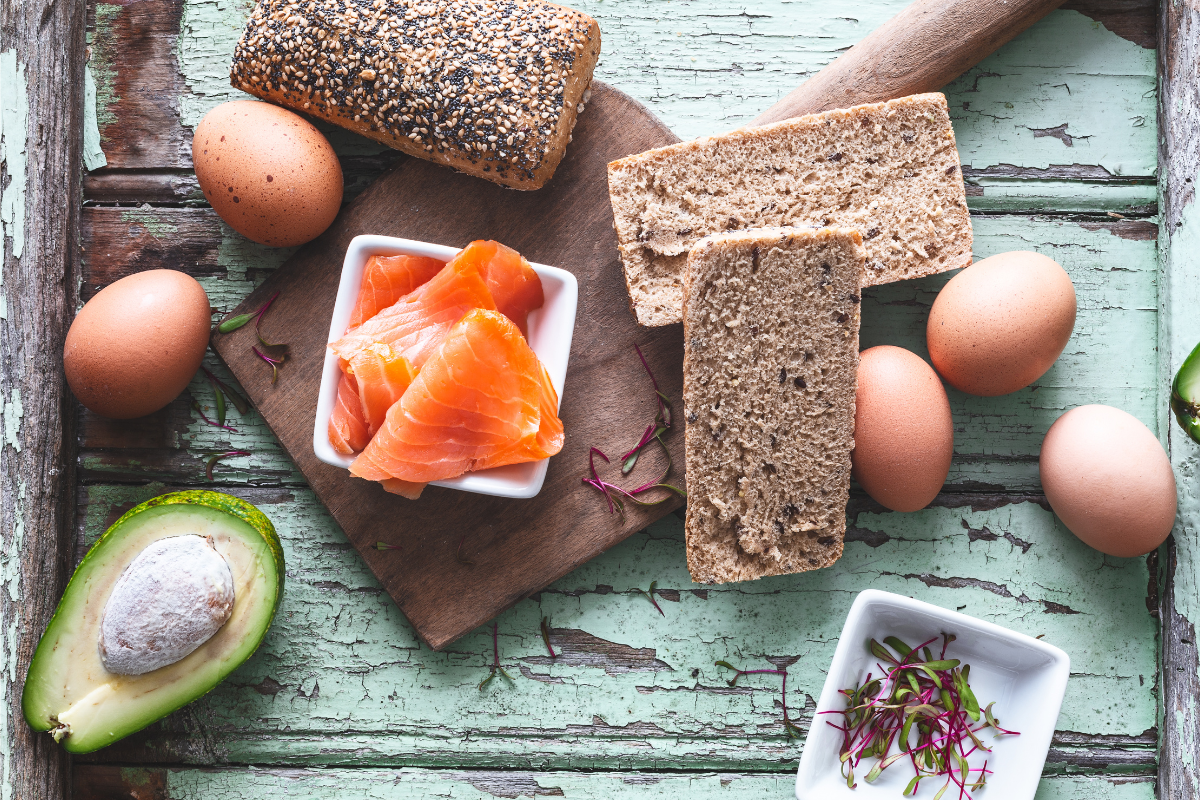
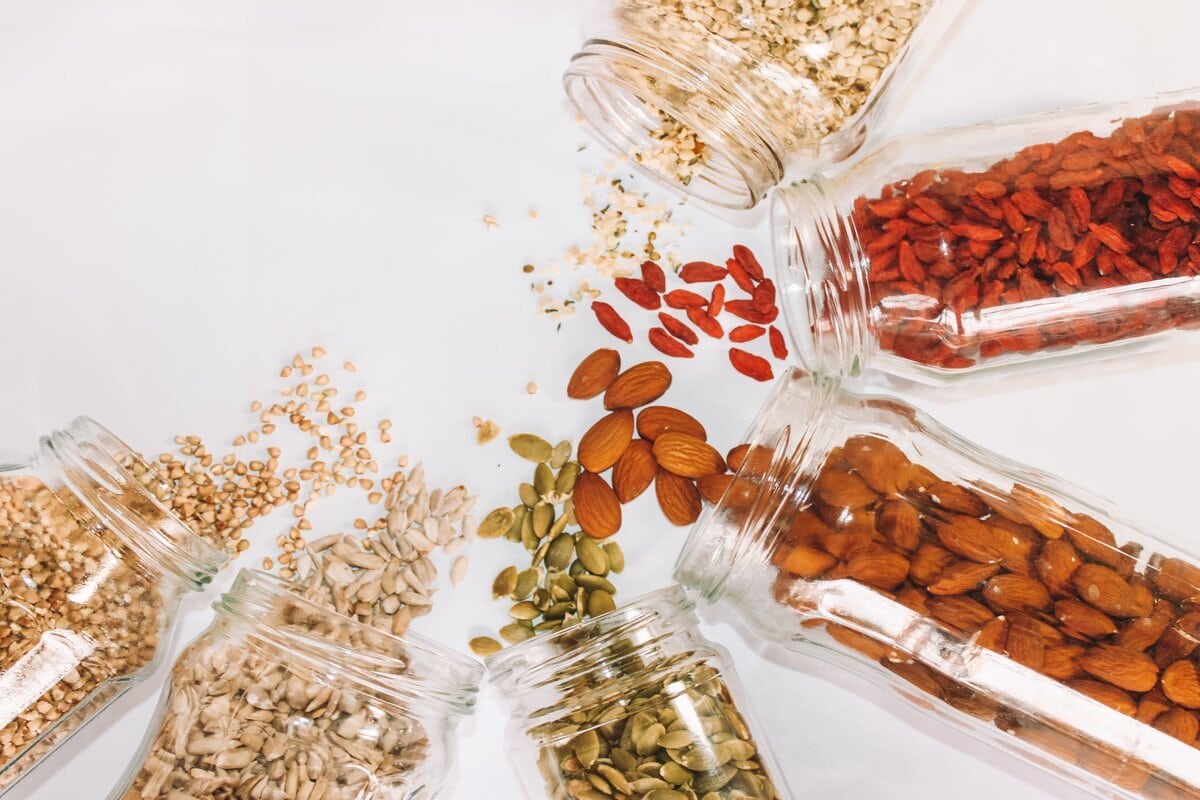

Leave a comment